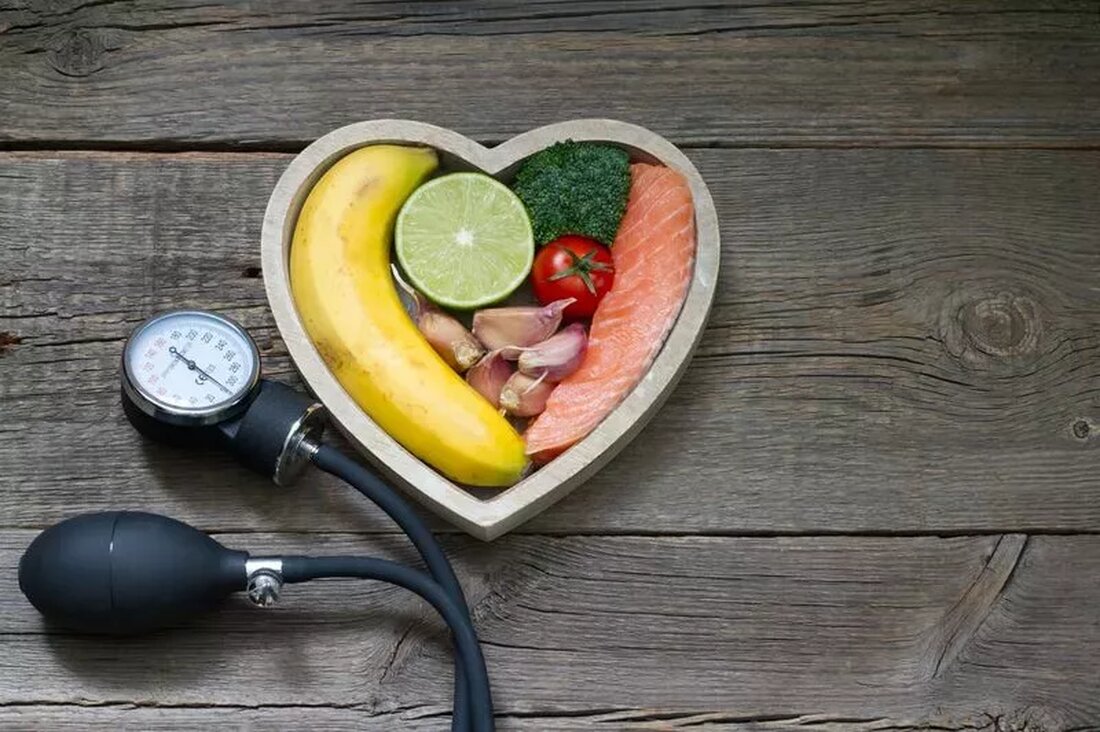Food for Healthy Eyes: Why You Need Lutein and Zeaxanthin
If you want to prevent eye diseases like macular degeneration and cataracts, a good place to start is with proper nutrition. You need certain nutrients and foods for healthy eyes, but particularly noteworthy are lutein and zeaxanthin. What are they and how do they keep your eyes healthy? Lutein and zaexanthin are carotenoids, pigments that give plants red, orange and yellow colors. Their functions include protecting plants from high-energy light rays called blue light. These substances are also highly concentrated in the macula of the eye, giving it a yellowish color. In fact, the macula contains a third form of carotenoid, such as...

Food for Healthy Eyes: Why You Need Lutein and Zeaxanthin
If you want to prevent eye diseases like macular degeneration and cataracts, a good place to start is with proper nutrition. You need certain nutrients and foods for healthy eyes, but particularly noteworthy are lutein and zeaxanthin. What are they and how do they keep your eyes healthy?
Lutein and zaexanthin are carotenoids, pigments that give plants red, orange and yellow colors. Their functions include protecting plants from high-energy light rays called blue light. These substances are also highly concentrated in the macula of the eye, giving it a yellowish color. In fact, the macula contains a third form of carotenoid, as found in recent research. This pigment, called meso-zeaxanthin, is produced in the retina by ingested lutein and is not found in any food source.
The benefits of lutein and zeaxanthin
The main benefit of lutein, zeaxanthin and meso-zeaxanthin has to do with how they protect the eyes from blue light. They prevent blue light from reaching the retina, which prevents light-induced oxidation that leads to macular degeneration (AMD). They also work with other antioxidants such as vitamins C and E and beta-carotene to protect the body from free radicals that damage cells and cause many diseases.
The benefits of these three carotenoids are well documented in a number of studies published in reputable journals. TheAmerican Journal of Epidemiology, Ophthalmology and Archives of Ophthalmologypublished research linking high levels of lutein and zeaxanthin to a low incidence of macular degeneration. Two studies inInvestigative Ophthalmology and Visual Sciencefound somewhat similar results that increased macular pigment levels meant a lower risk of developing AMD.
In addition, the Age-Related Eye Disease Study (AREDS and AREDS2) formulated a daily antioxidant containing vitamins C and E, zinc and copper, and lutein and zeaxanthin. This combination has been found to reduce the risk of AMD progression by 10 to 25 percent. The research in question has not clarified whether lutein and zeaxanthin also reduce the risk of cataracts.
Foods with lutein and zeaxanthin
These two nutrients are found in abundance in green and yellow vegetables, especially leafy greens. Cooked spinach and cooked kale are considered top sources. They are also found in non-vegetarian sources, particularly egg yolks. However, it would be best to stick to vegetarian products if you have high cholesterol.
Conclusion
Just like the rest of the body, the eyes need proper nutrition to stay healthy and disease-free. Eating foods rich in lutein and zeaxanthin is a great way to maintain excellent vision.

 Suche
Suche
 Mein Konto
Mein Konto
